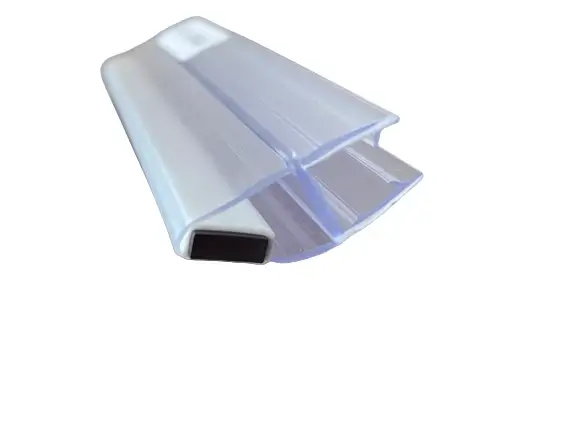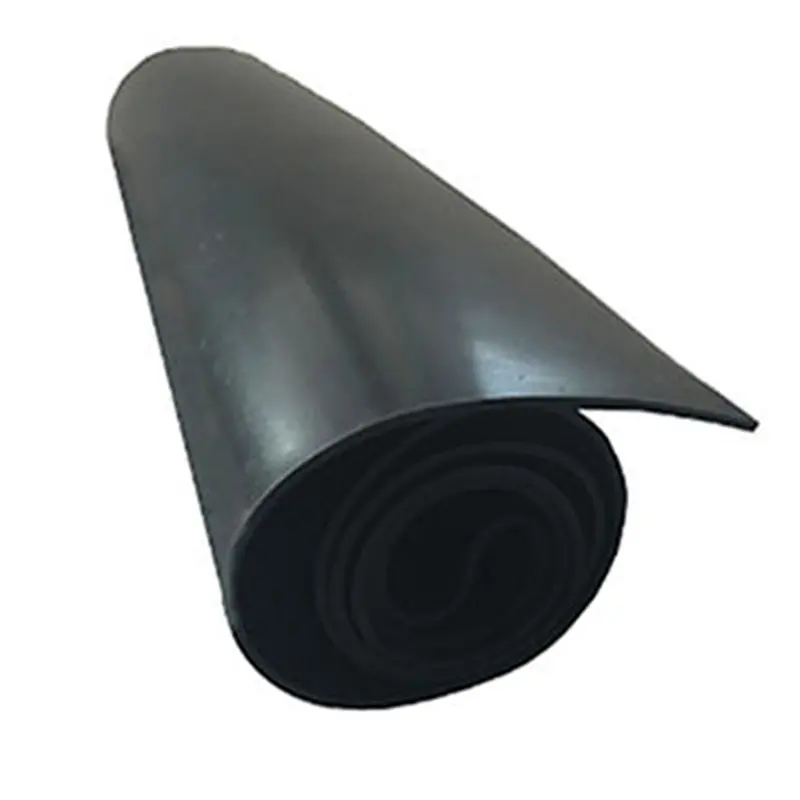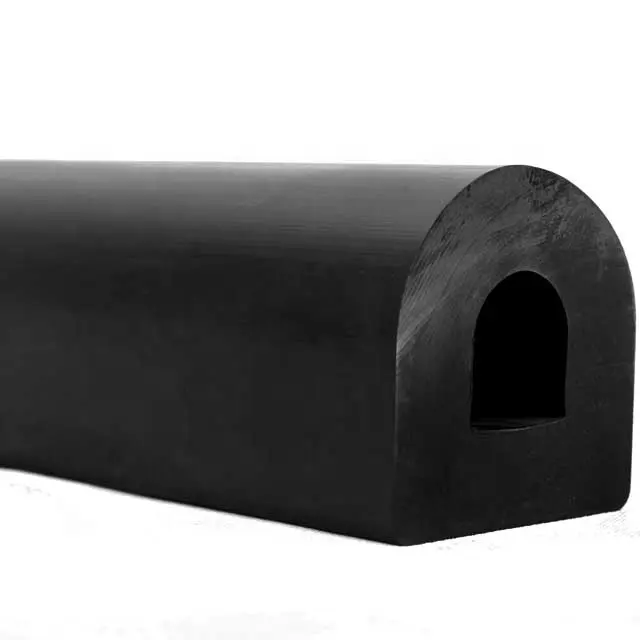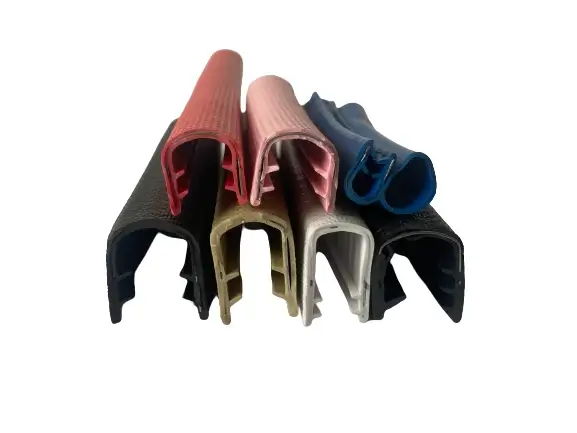Aug . 14, 2024 05:27 Back to list
Top Rubber Seals for Enhancing Durability in Plastic and Steel Doors and Windows
Best Rubber Seals for Plastic and Steel Doors and Windows
When it comes to ensuring energy efficiency and comfort in our homes, the significance of proper sealing around doors and windows cannot be overstated. Rubber seals play a critical role in window and door insulation, particularly for those made from plastic and steel. The right rubber seals enhance thermal insulation, soundproofing, and overall durability, making them essential for any homeowner looking to optimize their space.
Why Use Rubber Seals?
Rubber seals are preferred for their flexibility, resilience, and effective sealing properties. Unlike other materials, rubber can withstand varying temperatures and environmental conditions, which is crucial for external installations. They provide an excellent fit around the edges of doors and windows, minimizing gaps that can lead to drafts and energy loss.
Types of Rubber Seals
1. EPDM (Ethylene Propylene Diene Monomer) This type of rubber is highly resistant to UV rays, ozone, and extreme weather conditions, making it suitable for outdoor applications. EPDM seals are durable and able to maintain their flexibility over time, making them an excellent choice for both plastic and steel doors and windows.
2. Neoprene Known for its robustness, neoprene rubber is another excellent option for seals. It has good chemical stability and can endure both high and low temperatures, which makes it a versatile choice for different weather conditions. Neoprene seals also provide decent noise insulation, enhancing home comfort.
3. Silicone While silicone rubber is generally more expensive, its performance is unmatched when it comes to flexibility and temperature tolerance. Silicone seals remain pliable over a wide range of temperature swings, making them ideal for environments facing both heat and cold extremes.
Factors to Consider When Choosing Rubber Seals
- Thickness The thickness of the seal determines its effectiveness. A thicker seal can fill larger gaps, providing better insulation. However, it’s crucial to ensure that the seal fits the specific design and operation of the door or window.
best rubber seals for plastic steel doors and windows

- Compression Rubber seals should compress adequately when the door or window is closed
. Choosing the right seal with appropriate compression properties ensures a snug fit without excessive pressure that might cause wear over time.- Adhesive Backing Some rubber seals come with adhesive backing for easier installation. This can be beneficial for DIY home repair projects, saving time while providing a reliable seal.
- Durability Always check the longevity and warranty offered by the manufacturer. A high-quality rubber seal will maintain its performance for several years, even under harsh conditions.
Installation Tips
For best results, installation should be done meticulously
1. Clean the Surface Ensure that the surface of the door or window frame is clean and dry before application. Flash staining or moisture can affect adhesive performance.
2. Measure Accurately Take precise measurements of the areas to be sealed. Custom-cut seals will provide a better fit and enhanced performance.
3. Apply Evenly When installing adhesive-backed rubber seals, press them evenly into place to prevent any air gaps which can reduce their effectiveness.
Conclusion
Investing in the best rubber seals for your plastic and steel doors and windows is a vital step towards improving your home’s energy efficiency and comfort. By choosing high-quality materials like EPDM, neoprene, or silicone, homeowners can significantly reduce drafts and noise while enhancing the longevity of their installations. Remember to focus on thickness, compression, and durability during your selection process to ensure optimal performance. Ultimately, a well-sealed home is not only more comfortable but also a more energy-efficient one, leading to lower utility bills and a reduced environmental footprint.
Next:




